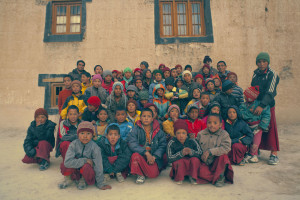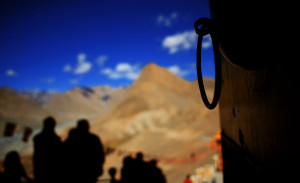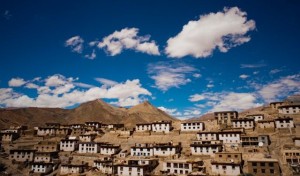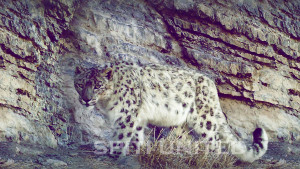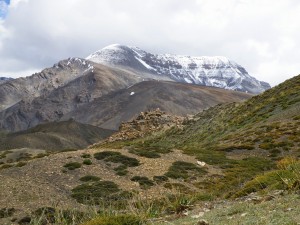The Spiti Valley is a desert mountain valley located high in the Himalaya Mountains in the north-eastern part of the Indian state of Himachal Pradesh. The name “Spiti” means “The Middle Land”, i.e. the land between Tibet and India. Buddhism arrived in Lahaul and Spiti during the 8th century AD with the Indian missionary Padmasambhava. By the 10th century, upper Lahaul, Spiti and Zanskar had been incorporated into the vast Guge kingdom of western Tibet. The Great Translator, Ringchen Zangpo, founded a series of centres of Buddhist learning along the Spiti Valley, including Tabo, one of the most remarkable Buddhist monasteries in North India.
After Mongol-Tibetan armies defeated the kings of Ladakh in the 18th century, the region was divided up by the surrounding powers. Lower Lahaul fell to the rajas of Chamba, Upper Lahaul came under the sway of the rajas of Kullu and geographically isolated Spiti became part of Ladakh.
In 1847 the Dogra Rajas of Kashmir conquered Ladakh and Spiti, and Kullu and Lahaul came under British administration as a subdivision of the kingdom of Kangra; Spiti was added two years later. Despite the change of regimes, the region maintained strong links with Tibet right up until the Chinese occupation in 1949.
Since then, there has been a major resurgence in the cultural and religious life of Spiti, aided by the work of the Tibetan government in exile in Dharamsala. The gompas of Lahaul and Spiti are being restored and it’s giving way to tourism in the unexplored part of India.

